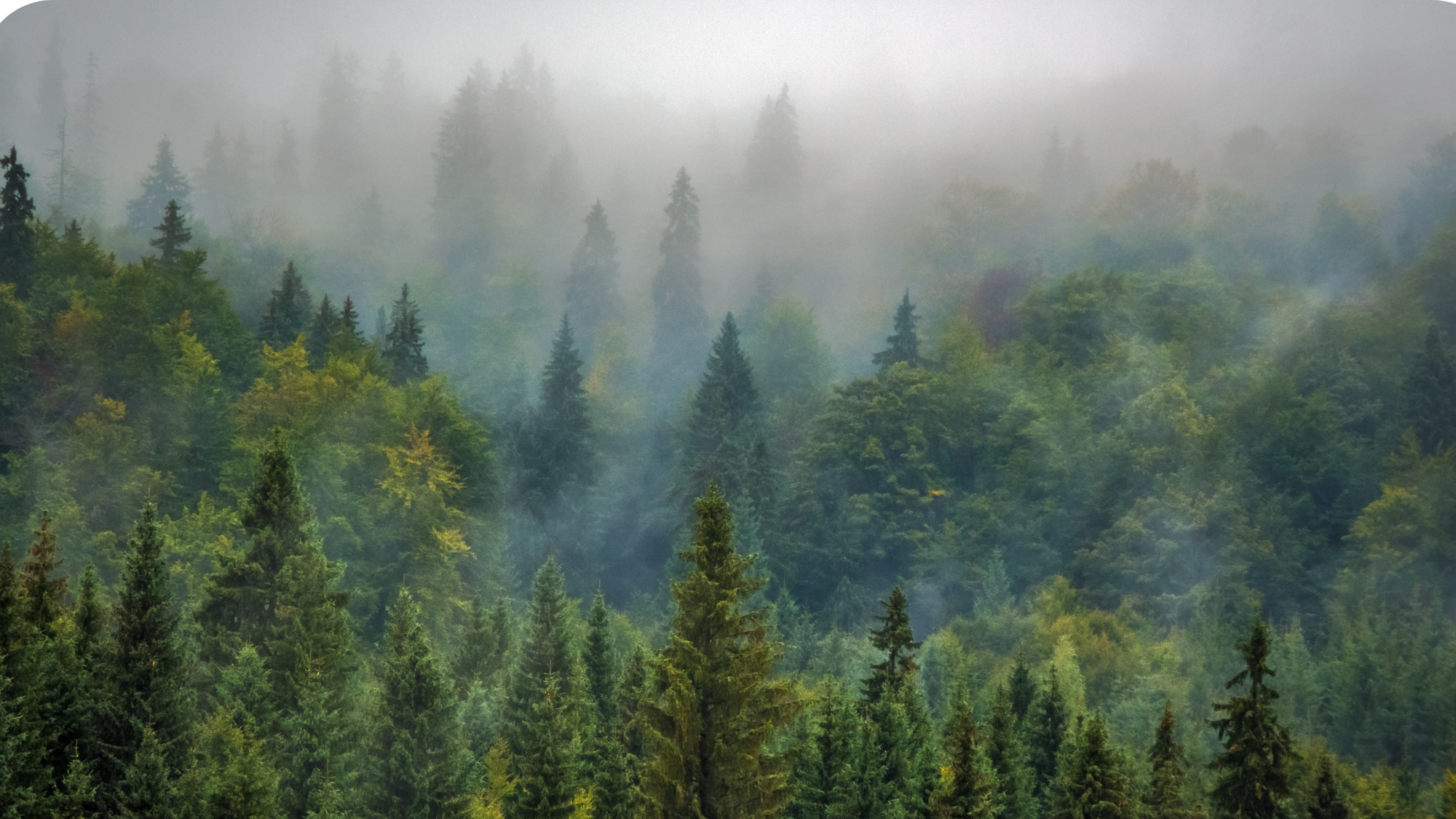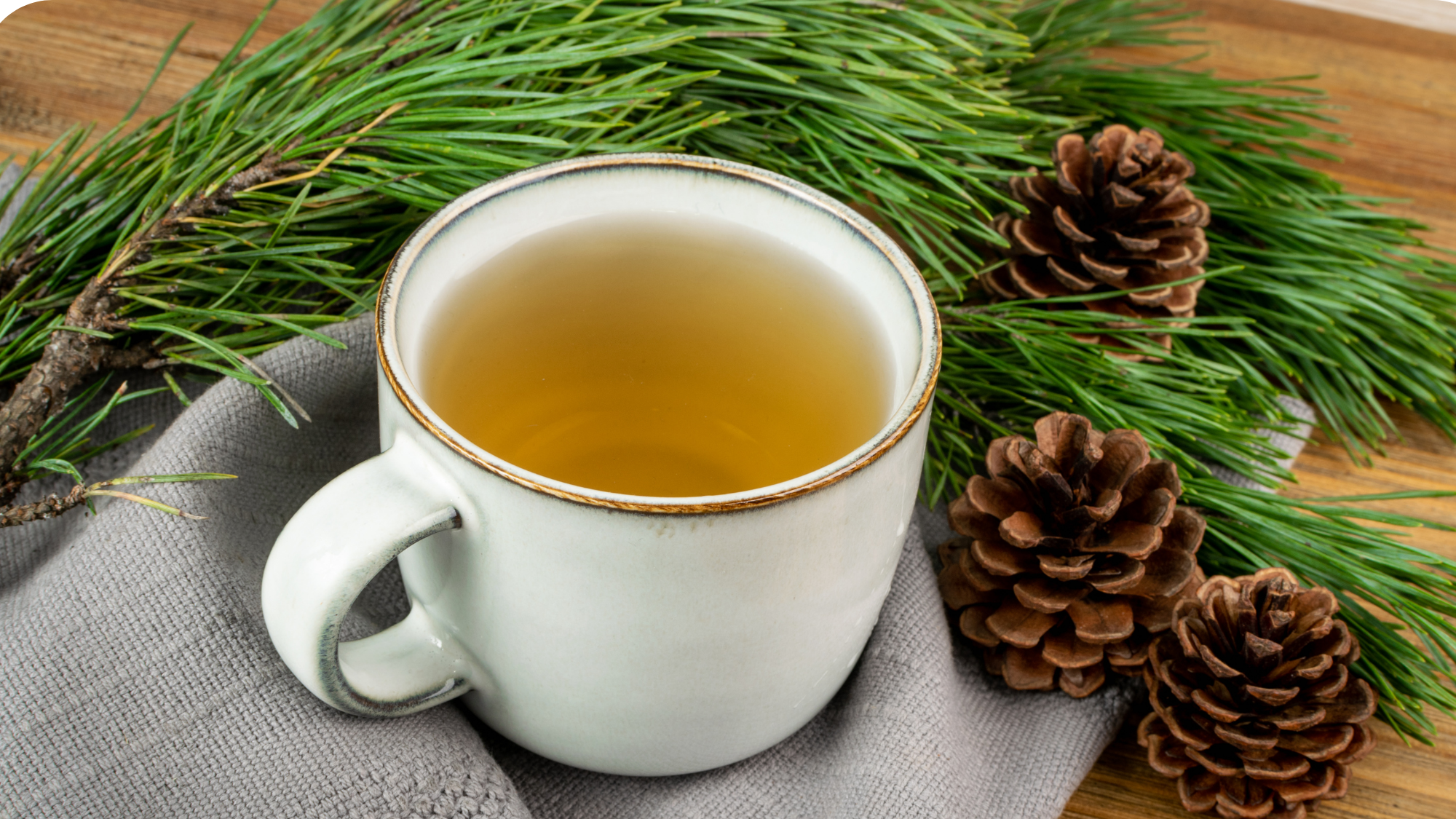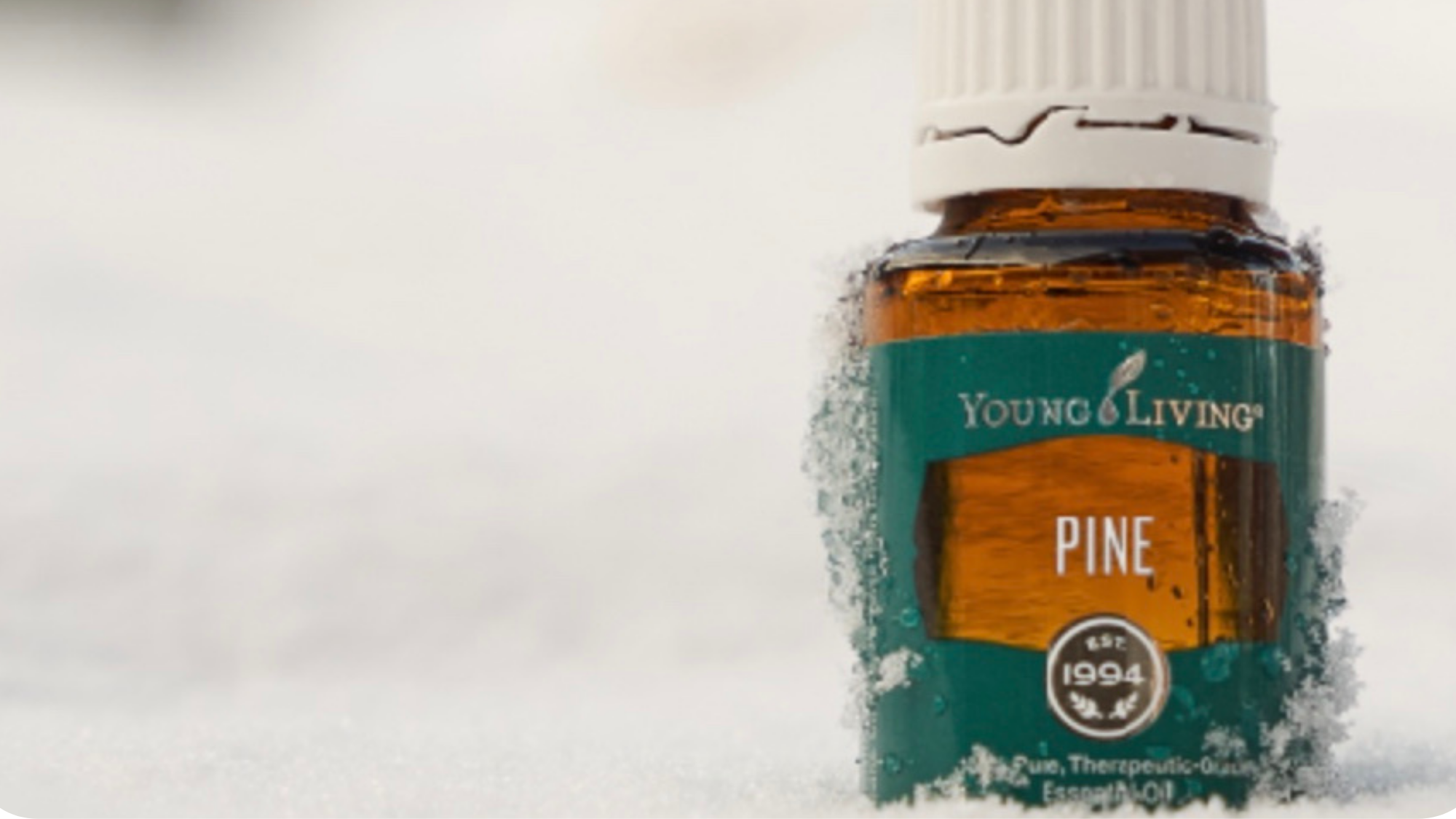
The long and Short of the Pine Tree
The pine is an evergreen tree that has needles instead of leaves. The scientific name for the pine tree is Pinus. There are between 105-120 species of pine. According to Encyclopedia Britannica, most pine trees are native to the Northern Hemisphere. Here are some more notable pine tree facts.
- Pine trees are considered evergreens because they keep their needles for approximately 2 years. When old needles falls, new needles quickly take their place.
- Pine tree needles can range in length from 1 inch to 11 inches.
- Both male and female pine trees produce woody cones. The female cones produce seeds, while the male cones produce the pollen.
- Depending on species, pine trees can mature at 4 ft. tall all the way to 150 ft. tall.
- Pine tree are known to live, on average, 100 years, in favorable conditions.
- Pine trees have been used for everything from building material to medicine.
The Pinus sylvestris tree, also known as Scotch pine, is a tall coniferous evergreen tree that grows to the height of 131 feet and has characteristic orange-red bark and stiff blue-green needles. Pine essential oil is steam distilled from the needles of the tree and has been researched by Hippocrates, the father of western medicine. Pine’s aroma is reminiscent of the Japanese tradition of forest bathing and provides a refreshing breathing experience and encourages a moment of joy. When blended with other essential oils such as Peppermint, Lavender, and Eucalyptus, there are numerous benefits.

The Needle in the Haystack-Pine needle tea is full of vitamins!
Most everyone is familiar with this beautiful evergreen tree. Maybe you have a Christmas tree that is a pine, or perhaps you have enjoyed the smell of a pine forest.
Pine trees have long been prized for their wood, which is strong and durable. Pine wood is often used in construction because it is so sturdy. In addition, pine resin has many uses; it can be used as glue, Varnish, or even chewing gum. And let’s not forget about the most popular use for pine trees: Christmas trees!
As a family, we have made it a tradition to buy live evergreen trees for Christmas. These trees have the rootball intact and we plant them after Christmas. We have about 40 years of trees in our yard (granted some did die) but it is so satisfying to contribute to the environment by planting a Christmas tree. There is a pine tree that was in our home around 1988 that is well over 125' tall now.
The history of the pine tree is deeply intertwined with human history. For centuries, people have used pine trees for everything from building material to food to medicine. Pine needles can be used to make a soft and sturdy fabric, while pinecones can be used as fuel or natural kindling. Pine nuts are a nutritious snack, (one of the main ingredients for pesto) and pine resin has long been used in medicinal ointments and salves. In short, there are very few things that this tree cannot do!
Aboriginal Australians were some of the first people to use Pine essential oil for healing. They would steam the needles of certain species of pine and inhale the fumes to clear congestion and ease breathing difficulties. Similarly, Native Americans used Pine oil in sacred ceremonies and rituals meant to purify both the mind and body. Today, Pine essential oil is still used for its cleansing properties—but it also has aromatherapeutic benefits that can help reduce stress and promote feelings of wellbeing. When diffused or inhaled, Pine oil can help combat negative emotions like anxiety and fear while boost energy levels and mental focus.
Pine oil is high in vitamins A and C. In fact, it has three times more vitamin C than oranges! According to an article by Medical News Today, “Vitamin C is a water-soluble vitamin that plays important roles in human health. It is an antioxidant, meaning it helps protect cells from damage. Vitamin C also helps the body absorb iron from plant-based foods.” This makes pine oil perfect for alleviating symptoms like congestion, runny nose, and itchy eyes caused by histamines that are released when exposed to allergens or viruses or bacteria. Pine EO can help to boost the immune system, fight infections, reduce inflammation, and even improve circulation.

Pine Essential Oil
Pine essential oil is steam distilled from the needles of the tree and has been researched by Hippocrates, the father of western medicine. Pine’s aroma is reminiscent of the Japanese tradition of forest bathing and provides a refreshing breathing experience and encourages a moment of joy. When blended with other essential oils such as Peppermint, Lavender, and Eucalyptus, there are numerous benefits.
When used in aromatherapy, it can help clear sinuses and lungs, making it a popular natural remedy for colds and flus. Additionally, according to an article published in NCBI, “Inhalation of (pine) needle oil exhibited antiviral activity against herpes simplex virus type 2 (HSV-2) in mice." So if you’re looking for a way to fight off a cold without resorting to over-the-counter medication, consider trying pine essential oil next time you’re under the weather.
If you want to try Pine essential oil, I highly recommend you choose wisely. Many companies that sell essential oils don't take growing, harvesting and distilling seriously and as a result we suffer from inferior products just to save a buck. If you have any questions at all about good quality essential oils, please reach out and I will help you!
The next time you're out for a walk in the woods or enjoying a Christmas tree, take a moment to appreciate all that this versatile tree has to offer! From its ability to withstand harsh weather conditions to its potent medicinal properties, there is much more to the humble pine tree than meets the eye.







0 Comments